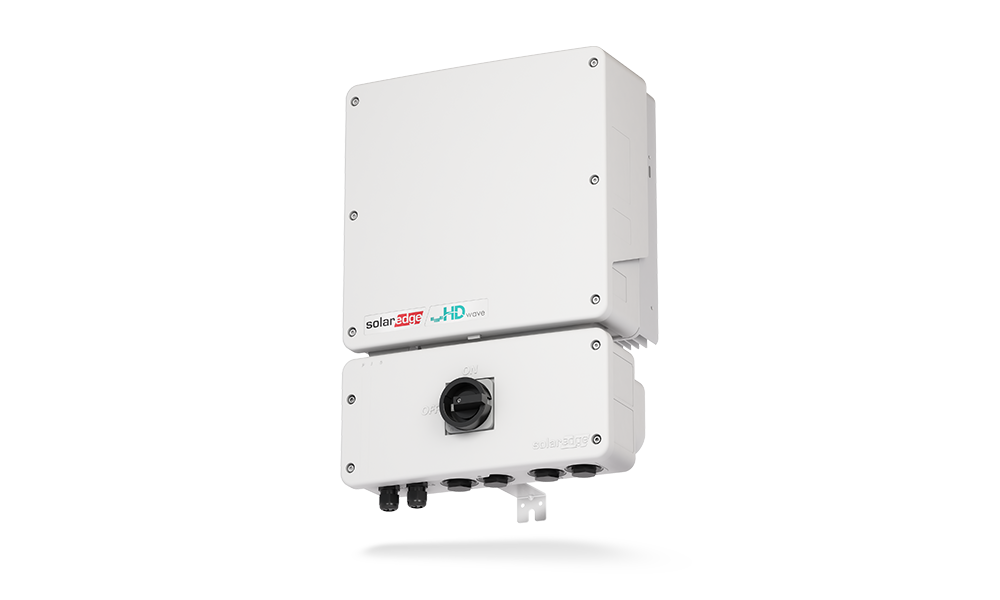Sign up for daily news updates from CleanTechnica on email. Or follow us on Google News!
A year or so ago, I shared the story of a hidden cost to fossil fuels that we’re all paying but don’t think too much about. It’s easy to remember the environmental costs of burning fossil fuels, extracting fossil fuels, and allowing unethical entities of all kinds to corrupt civilization with the money they get from them. But one thing that’s easy to forget about is the transportation of fossil fuels. Unlike all of the environmental issues, which are often easy to ignore or deny, sometimes things go spectacularly wrong when moving gas, diesel, and other fuels.
In this most recent case, a bridge in southeast Arizona was closed when a tanker truck slammed into the underside of the bridge, its contents burning so hot that the bridge could no longer be trusted to carry traffic. As a temporary fix, the concrete columns were backed up with some extra steel beams, allowing for traffic to continue going over the bridge. But it had to be torn down and rebuilt to stay viable in the long run.
Around 150 miles down the road where I-10 meets I-25 in Las Cruces, New Mexico, something similar happened the prior year. Just as in this latest case, a tanker truck crashed and caused a bridge to burn up. That bridge was easier to repair, but big money still had to be spent and the overpass going from I-10 to I-25 was shut down for most of a year while repairs took place.
Around the country, we’ve seen some other notable examples of highway infrastructure getting destroyed by fuel truck accidents, with the most notable example in recent memory being the collapse of an entire side of I-95 in Philadelphia, Pennsylvania. While the highway was reopened and the government declared the problem “fixed” in a matter of days, the road going under the highway there was closed indefinitely so that a rapid bridge deletion could be performed.
This isn’t a rare problem at all, unfortunately, even if many of the fires don’t make the national news. A simple Google search for “tanker truck fire” always brings up multiple recent results from local news stations, and there’s even a Wikipedia article listing more notable tanker truck explosions globally. Tanker fires that damage infrastructure can cost millions of dollars to repair, so this is an expensive problem.
Unfortunately, we can’t just build our way out of this. Bridges are already expensive to build and replace, and beefing all of them up to handle burning and explosions would be cost prohibitive for a problem that isn’t common compared to other things that damage bridges.
This is a story that happens over and over (the video goes over a number of them). A tanker truck crashes under a bridge and then the heat compromises otherwise strong materials. It’s reminiscent of the 9/11 attacks, when people claimed that “jet fuel can’t melt steel beams.” Sure, to turn things like concrete and rebar into dust and molten liquid, you’d need extreme temperatures that fuel fires can’t produce, but you can still seriously weaken materials at much lower temperatures.
The reason engineers don’t work to make bridges more fire resistant is that these types of accidents are rare compared to other things that bring a bridge down. Half of bridge failures are caused by flooding, compared to only 3% of failures caused by fires. But, on the other hand, even fewer failures are caused by earthquakes (2%), but engineers work meticulously to factor in earthquake-resistant design. However, earthquakes happen with almost no notice, while fires take time to bring a bridge down, giving a chance to close the bridge before collapse.
So, in the end, the public safety goal is well served without having to build expensive bridges. It works better for society to dedicate that money to more bridges or to maintenance. These fires just aren’t that dangerous to people to make us rethink design.
The construction industry has had to find ways to cope with the aftermath of these kinds of accidents, creating special materials to use as backfill for temporary berms in some cases. The voids beneath a broken bridge can’t always be buried with dirt, as utilities pass beneath them and foundations aren’t made to support that kind of weight. But specialized glass foams can be used to build a lighter embankment to support temporary lanes.
Solving This Problem
The video above explains that moving at least some traffic off of highways might be a good idea, and it’s true. Things like public transit and rail freight could be a good way to make cities less reliant on infrastructure that could go down. Diversity can be strength.
But, another thing seems obvious: the problem of hauling fuel. While power lines and other electric infrastructure can hurt people if it fails, something like a downed power line is small potatoes compared to a giant fire. When you look at even bigger fuel shipments, like fuel trains, you can find even more extreme accidents, like the Lac-Megantic train disaster (a fuel train exploded, making a Canadian town look like it had been nuked).
A side benefit to electrifying transportation is that you don’t need oil trains, gasoline tankers, and other dangerous vehicle traffic that can destroy everything from small overpasses to whole sections of towns.
Ultimately, this will take an “all of the above” approach. Adding more diversity to transportation to make bridge failures of this kind less impactful is important. High quality transit that feels safe to ride on is a big part of this. Protected bike lanes that don’t pretend a painted line provides safety is another. Moving more freight to waterways is also important.
But, getting fuel off the road and onto power lines is going to be a major part of the solution. If there are fewer tanker trucks driving around providing fuel for gas stations, there will be fewer of these tanker truck accidents.
Featured image: a new bridge built to replace one destroyed by a tanker fire near Willcox, Arizona. Image by Arizona DOT.
Have a tip for CleanTechnica? Want to advertise? Want to suggest a guest for our CleanTech Talk podcast? Contact us here.
Latest CleanTechnica.TV Videos
CleanTechnica uses affiliate links. See our policy here.
CleanTechnica’s Comment Policy





